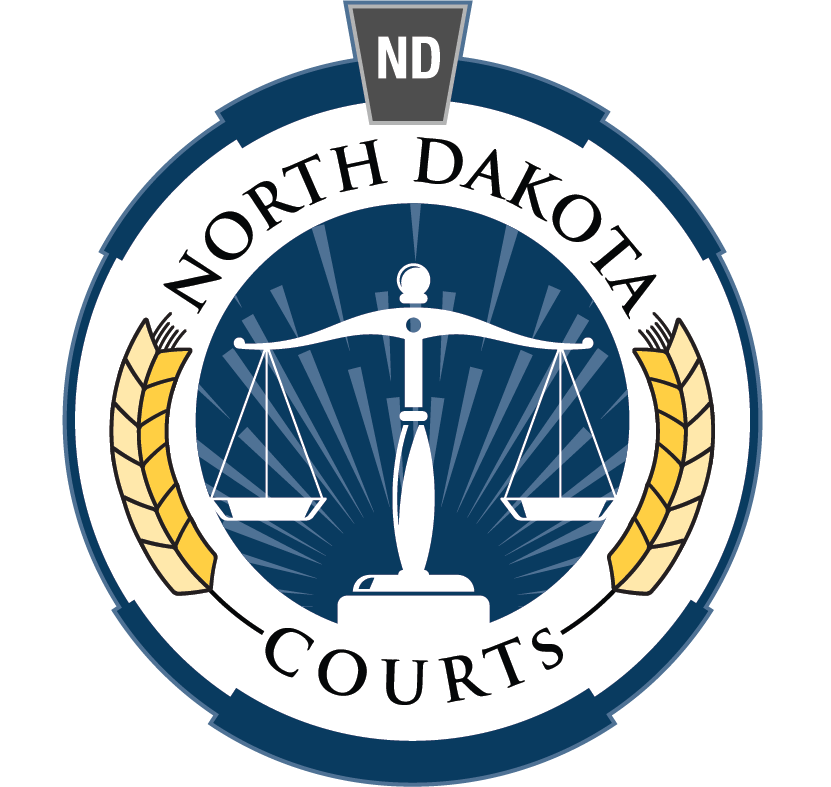RULE 801. DEFINITIONS THAT APPLY TO THIS ARTICLE; EXCLUSIONS FROM HEARSAY
Effective Date: 3/1/2016
The following definitions apply under this Article:
(a) Statement. "Statement" means a person's oral assertion, written assertion, or nonverbal conduct, if the person intended it as an assertion.
(b) Declarant. "Declarant" means the person who made the statement.
(c) Hearsay. "Hearsay" means a statement that:
(1) the declarant does not make while testifying at the current trial or hearing; and
(2) a party offers in evidence to prove the truth of the matter asserted in the statement.
(d) Statements That Are Not Hearsay. A statement that meets the following conditions is not hearsay:
(1) A Declarant-Witness's Prior Statement. The declarant testifies and is subject to cross-examination about a prior statement, and the statement:(A) is inconsistent with the declarant's testimony and, if offered in a criminal proceeding, was given under penalty of perjury at a trial, hearing, or other proceeding or in a deposition;(B) is consistent with the declarant's testimony and is offered:(2) An Opposing Party's Statement. The statement is offered against an opposing party and:(i) to rebut an express or implied charge that the declarant recently fabricated it or acted from a recent improper influence or motive in so testifying; or(ii) to rehabilitate the declarant's credibility as a witness when attacked on another ground; or(C) identifies a person as someone the declarant perceived earlier.(A) was made by the party in an individual or representative capacity;(B) is one the party manifested that it adopted or believed to be true;(C) was made by a person whom the party authorized to make a statement on the subject;(D) was made by the party's agent or employee on a matter within the scope of that relationship and while it existed; or(E) was made by the party's coconspirator during and in furtherance of the conspiracy.
The statement must be considered but does not by itself establish the declarant's authority under (C); the existence or scope of the relationship under (D); or the existence of the conspiracy or participation in it under (E).
Rule 801 was amended, effective July 1, 1981; March 1, 1990; March 1, 2014; March 1, 2016.
The definition of hearsay contained in this rule is dependent, in part, upon the definition of a statement contained in subdivision (a). In this regard, it should be noted that nonverbal conduct, to be a statement, and thus hearsay, must be intended by the party to be an assertion.Nonassertive conduct is not a statement and therefore not objectionable as hearsay. Thus, pointing out a suspect in response to the question, "Who did it?" is assertive conduct and, if it otherwise falls within the definition, hearsay. Conversely, the act of opening an umbrella is not intended to be assertive, is not hearsay, and may be offered as substantive evidence that rain was falling at a certain place and time.
Hearsay is defined in subdivision (c) as a statement made by a declarant, other than one made at the trial or hearing offered to prove the truth of the matter asserted. This definition is of two distinct parts. The first is that the statement is one not made at the trial in which it is offered.
The second is that the statement must be offered to prove the truth of its content, i.e., the matter asserted in the statement. If offered for other purposes, e.g., to show that the declarant in fact made a statement any statement and, thus, was conscious at a particular time, the statement is not objectionable as hearsay. The reason for this requirement is that it is only when a statement is offered to prove the truth of the matter asserted that there is a lack of the safeguards used to insure credibility of the declarant. It is this lack of an oath and cross-examination of the declarant that warrants the exclusion of evidence as hearsay.
Subdivision (d) exempts from the hearsay definition, and allows as substantive evidence, two types of statements which are technically hearsay. The reason for the exemptions are that the dangers normally attendant to receiving hearsay statements are at least partially removed in the exempted situations. In paragraph (d)(1), the opportunity to cross-examine the declarant is present. In paragraph (d)(2), the nature of the adversary system strengthens the reliability of a statement by an opposing party.
Paragraph (d)(1) follows Rule 801, Uniform Rules of Evidence, allowing prior inconsistent statements always to be used as substantive evidence in civil cases and, if the prior statement was made under oath in criminal cases. This varies from Rule 801 of the Federal Rules of Evidence, which requires that the prior statement be made under oath in all cases. See the discussion of Rule 801, Federal Rules of Evidence, in State v. Igoe, 206 N.W.2d 291 (N.D. 1973).
Subparagraph (d)(1)(B) was amended, effective March 1, 2016, to allow use of a prior consistent statement to rehabilitate the declarant's credibility as a witness when attacked on another ground. The change was based on the 2014 amendment to Fed.R.Ev. 801.
Subparagraph (d)(1)(C) was added [effective July 1, 1981] to comply with the federal rule.This provision was omitted from the original promulgation of the Federal Rules of Evidence but was added soon thereafter.
Rule 801 was amended, effective March 1, 1990. The amendment is technical in nature and no substantive change is intended.
Rule 801 was amended, effective March 1, 2014, in response to the December 1, 2011, revision of the Federal Rules of Evidence. The language and organization of the rule were changed to make the rule more easily understood and to make style and terminology consistent throughout the rules. There is no intent to change any result in any ruling on evidence admissibility.
SOURCES: Joint Procedure Committee Minutes of April 23-24, 2015, page 27; September 27, 2012, page 21; March 24-25, 1988, pages 15-16; December 3, 1987, pages 6-7 and 15; May 21-22, 1987, pages 6-7; February 19-20, 1987, pages 10-17;September 18-19, 1980, pages 18-20; March 27-28, 1980, pages 11-12; January 29, 1976, page 18; October 1, 1975, page 6; Fed.R.Ev. 801; Rule 801, SBAND proposal.

